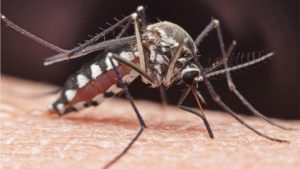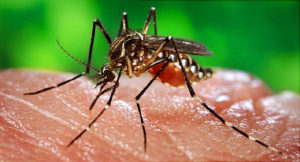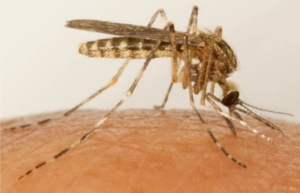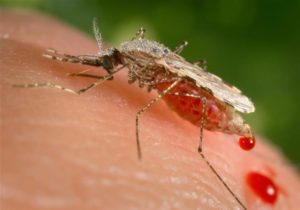A Global View of Eastern Equine Encephalitis
EEE affects areas throughout North and South America, with outbreaks occurring mainly in the eastern coastal areas of the United States and Canada, the Caribbean, and Argentina.
Know Your Mosquitoes
In the U.S., Culiseta melanura is the mosquito responsible for the spread of EEEV in the mosquito-bird-mosquito cycle. Known as the black-tailed mosquito, Cs. melanura can be found in swamps from the Great Lakes and Maine to southern Florida and southeastern Texas. It is distinguished by its unusually long, curved dark-scaled proboscis. This mosquito is also unique because it overwinters as larvae, as opposed to most mosquito species that overwinter as adults or eggs.
EEEV is mainly transmitted to humans by bridge vectors that contract the virus by feeding on infected birds. Bridge vectors may include Aedes, Coquillettidia, and Culex species.
Aedes mosquitoes have distinct black and white markings on their body and legs. They bite during the daytime only, with the highest levels of activity occur in the early morning and evening hours. Members of the Aedes genus are known vectors of EEE, Zika virus, dengue, yellow fever, West Nile virus, and chikungunya.
Coquillettidia mosquitoes have slender bodies and long legs. They are commonly found in humid, low-lying areas that have warm summer and lots of vegetation. In addition to acting as vectors for EEE, Coquillettidia mosquitoes are also known to transmit West Nile virus to humans.
Culex mosquitoes are brown with whitish markings on the abdomen. They typically bite at dusk and at night, and are known to vector several diseases including EEE, West Nile virus, Japanese encephalitis, St. Louis encephalitis, and avian malaria.




